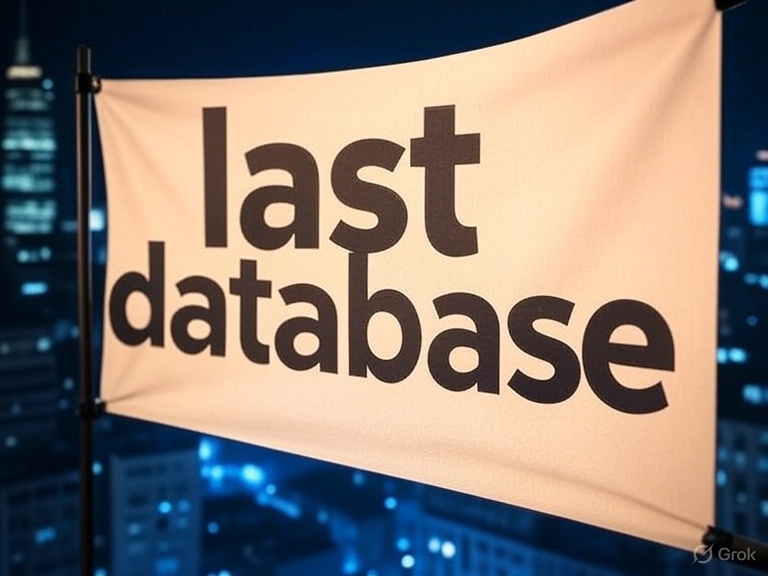This comprehensive guide will walk you through the essential factors to consider and the various types of databases available, empowering you to make an informed decision.
Understanding Your Project’s Requirements: The Foundation
Before you even think about specific last database database technologies, you must deeply understand your application’s needs. This initial analysis forms the bedrock of your database selection process.
Data Characteristics

- Data Model & Structure:
- Structured Data: Does your data fit neatly into tables with predefined schemas (e.g., customer records, financial transactions)? If so, relational databases might be a strong contender.
- Semi-structured Data: Do you have data that has a loose structure, like JSON or XML documents, where fields might vary (e.g., product catalogs, user profiles)? Document databases or certain NoSQL databases excel here.
- Unstructured Data: Are you dealing with images, videos, audio files, or large text blobs? Object storage or specialized databases might be more suitable.
- Graph Data: Is your data highly mailchimp audience cleanup: making your email list sparkleinterconnected, and are relationships between entities paramount (e.g., social networks, recommendation engines, fraud detection)? Graph databases are designed for this.
- Time-Series Data: Are you storing data points indexed by time (e.g., IoT sensor readings, stock prices, logs)? Time-series databases are optimized for this.
- Data Volume:
- How much data do you anticipate storing initially?
- What is the projected growth rate of your data over time (e.g., GBs, TBs, PBs)? This impacts scalability considerations.
- Data Velocity:
- How fast is new data generated and contact lists ingested into the system?
- How frequently will data be updated or deleted?
- Data Variety:
- Are you dealing with a single type of data, or a mix of various data types that need to be stored and processed together?
